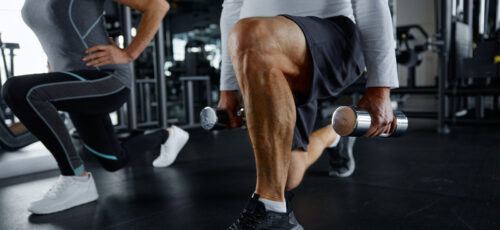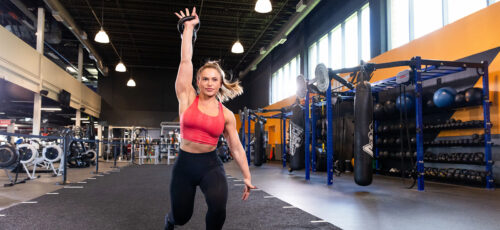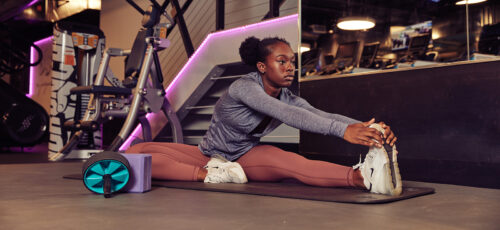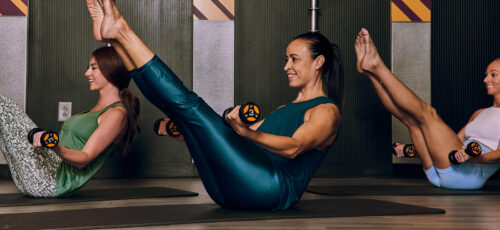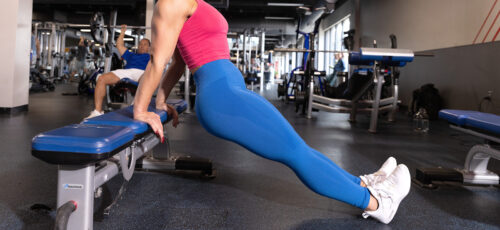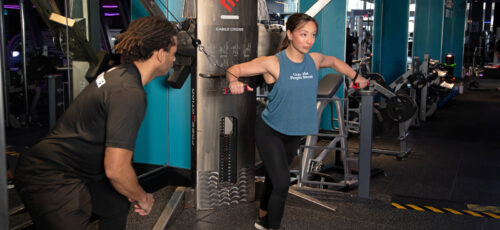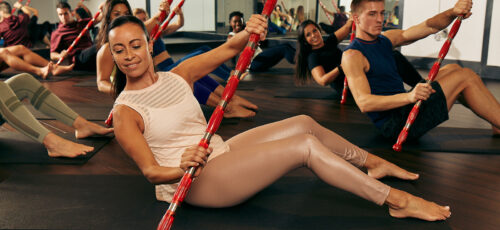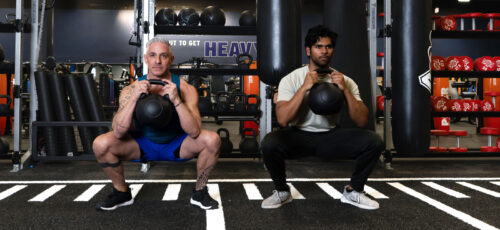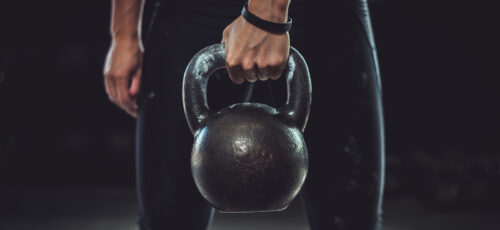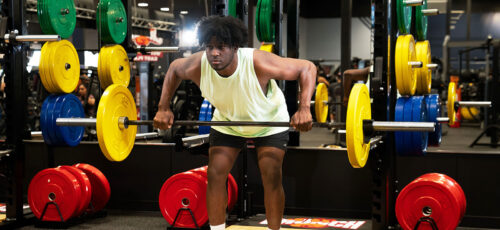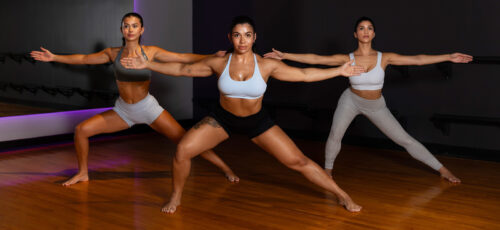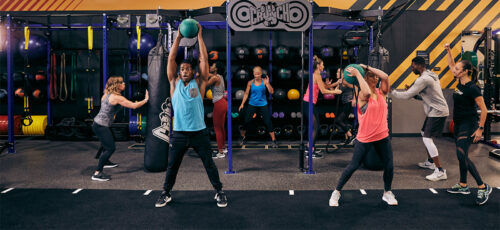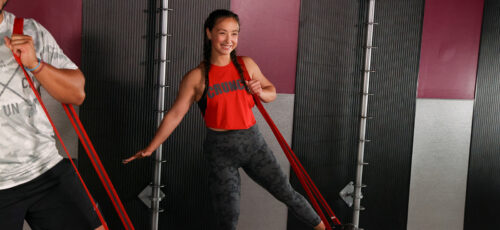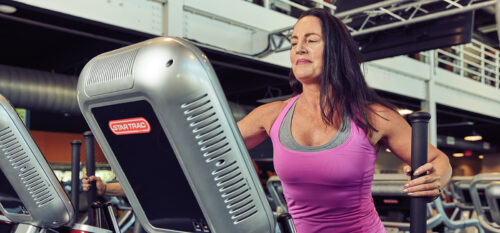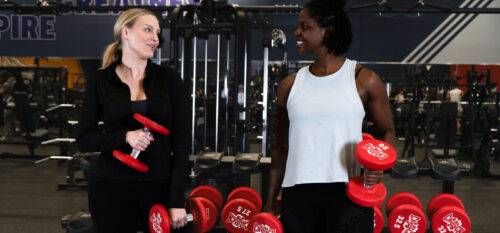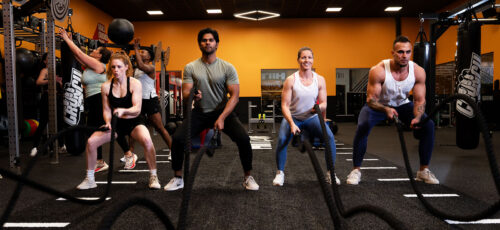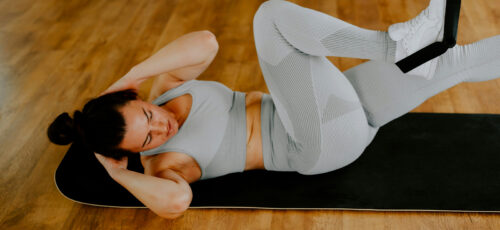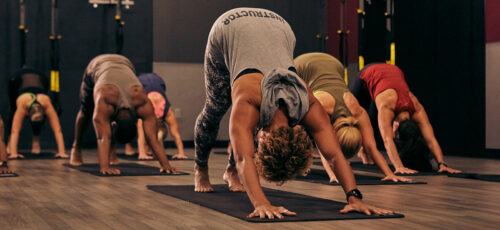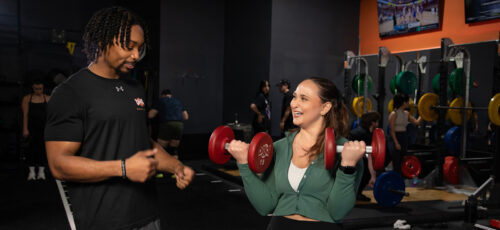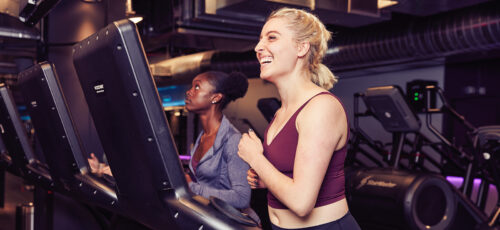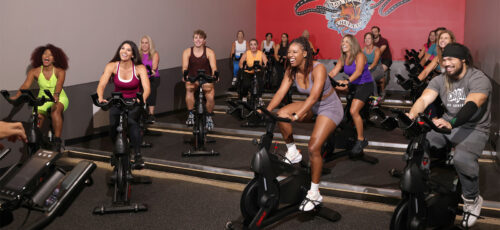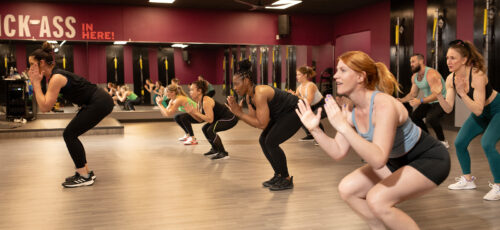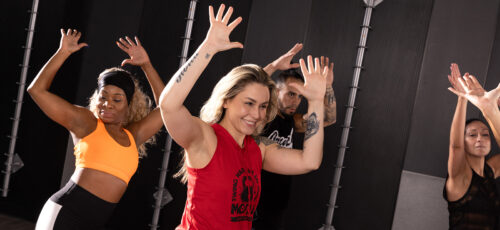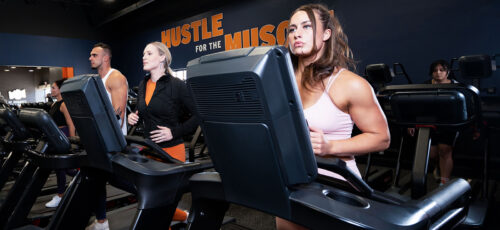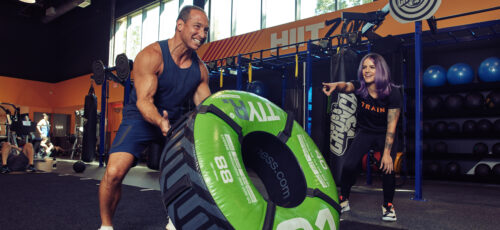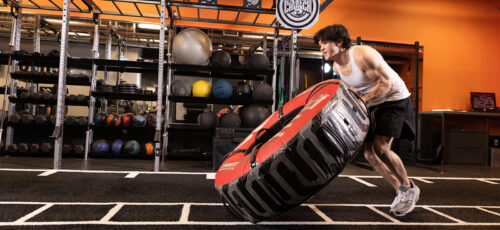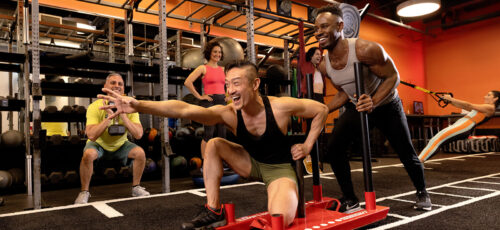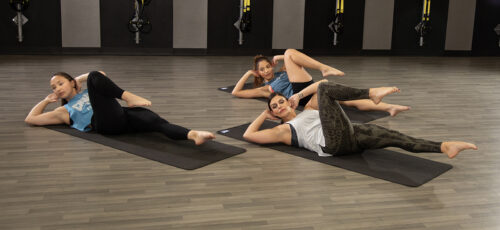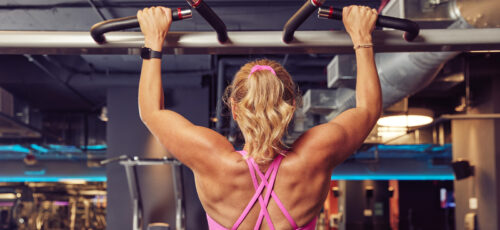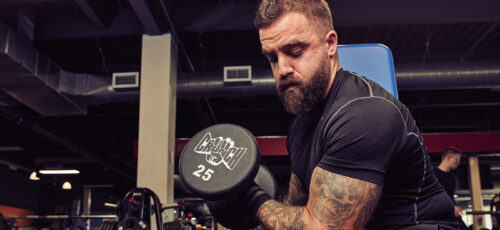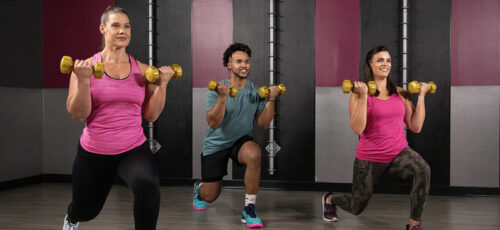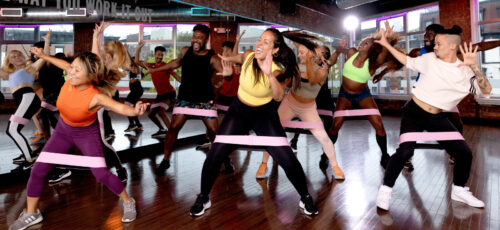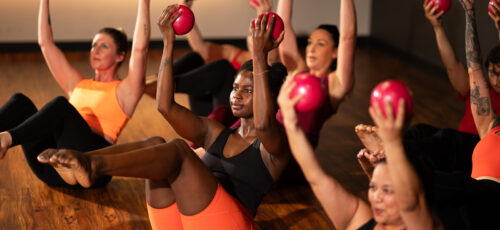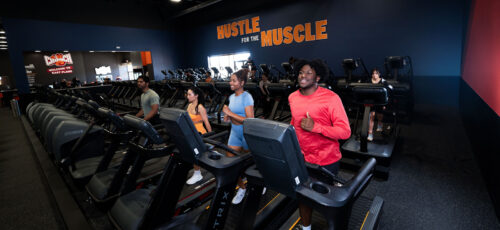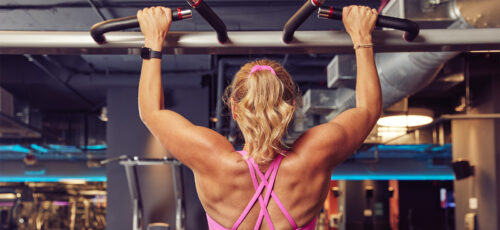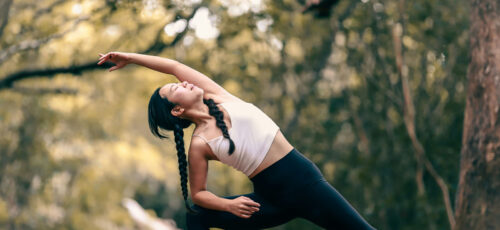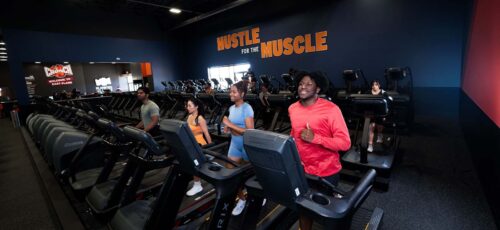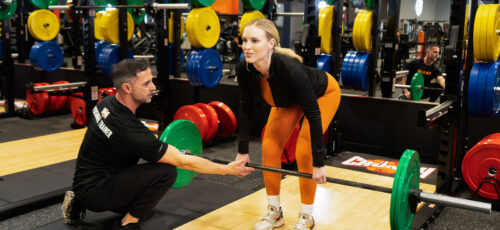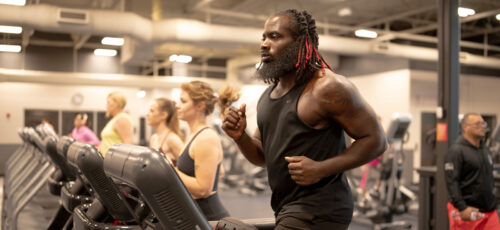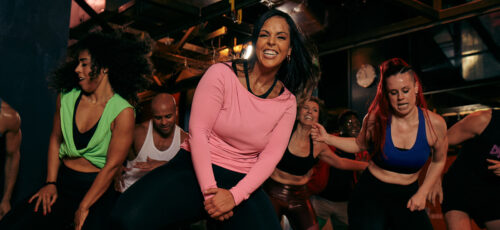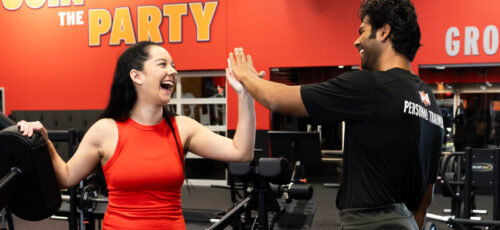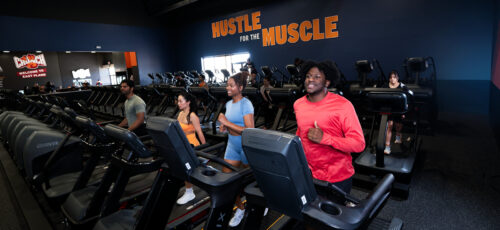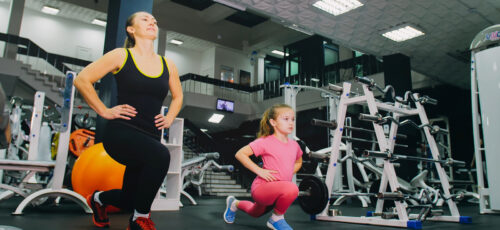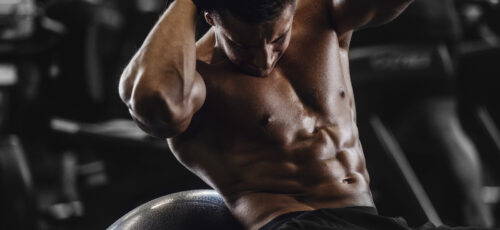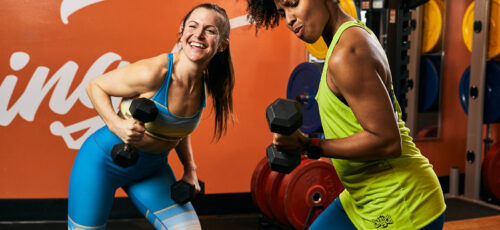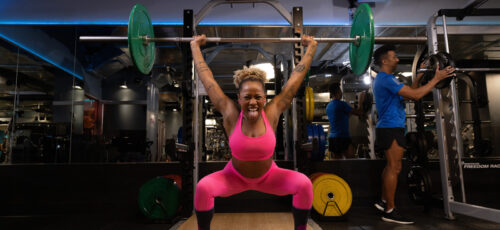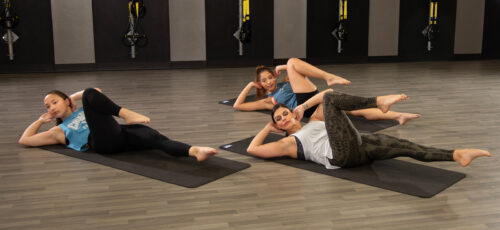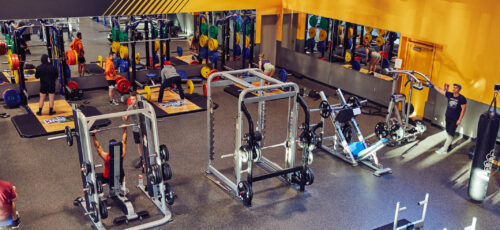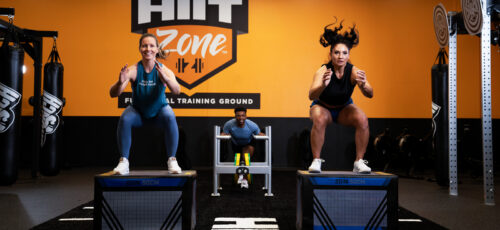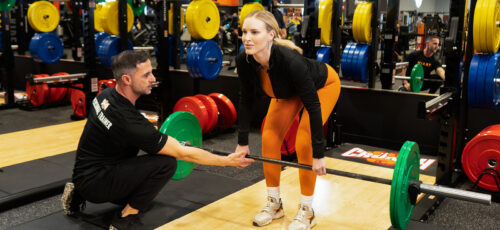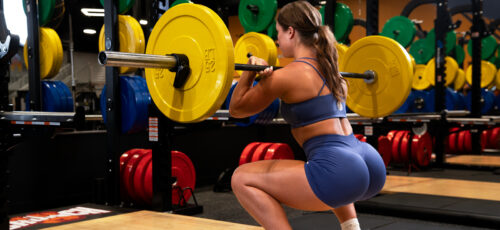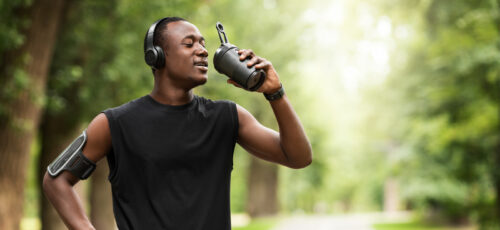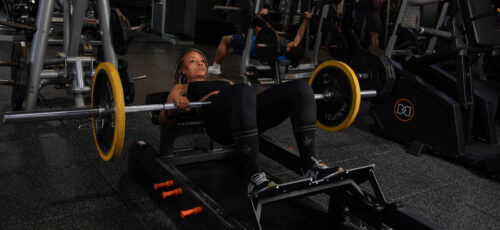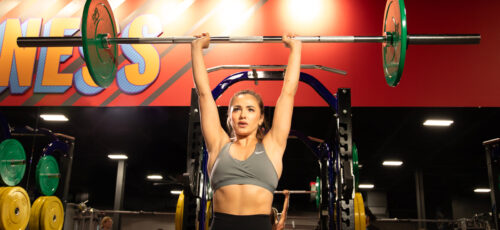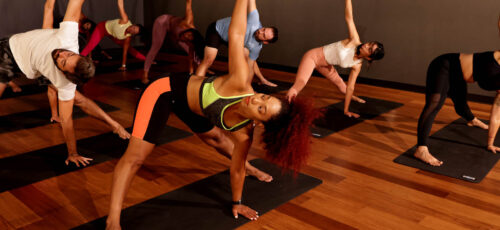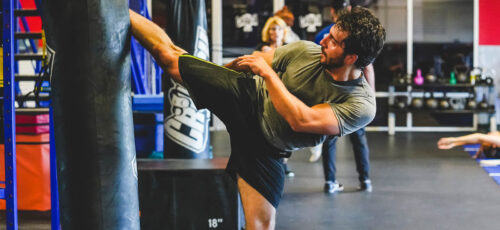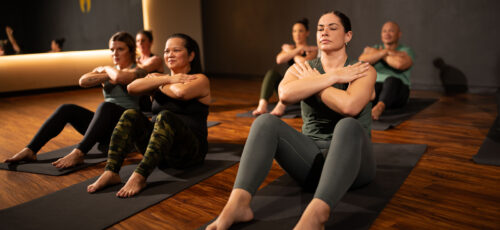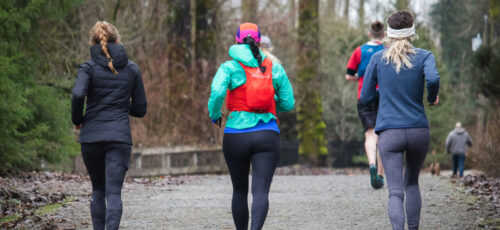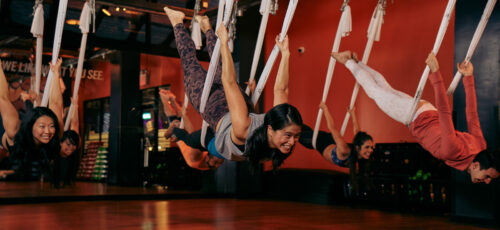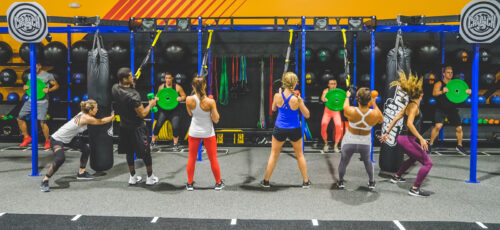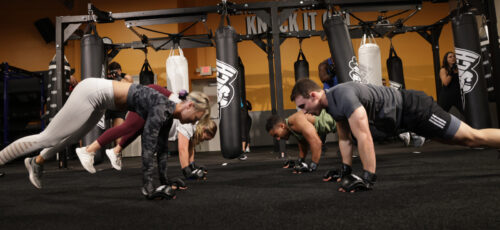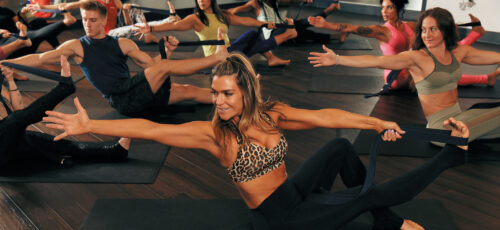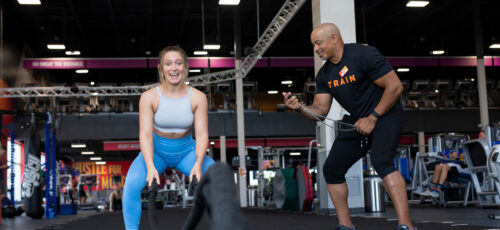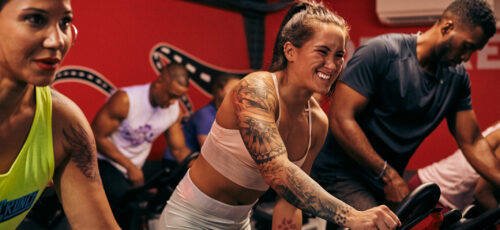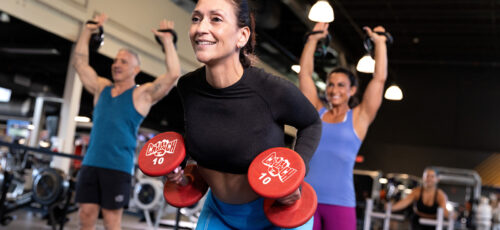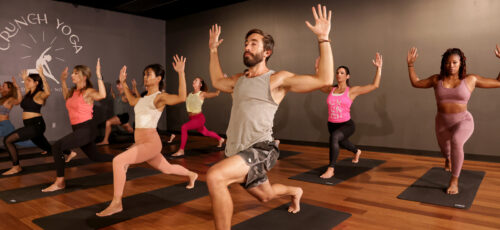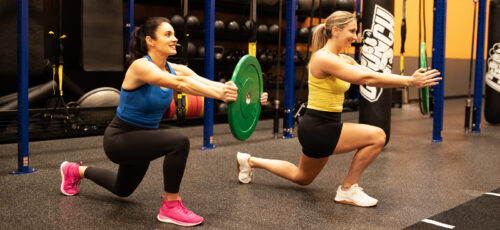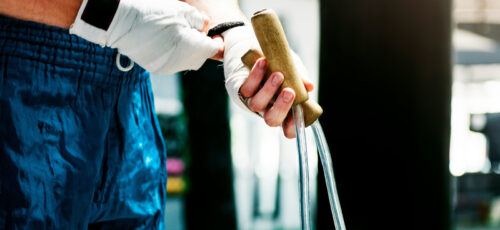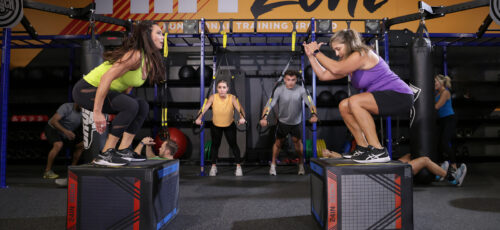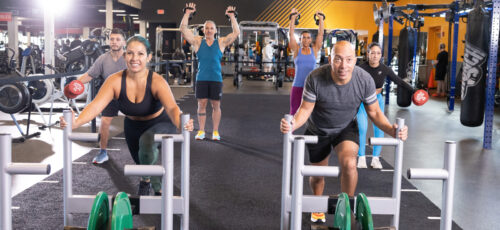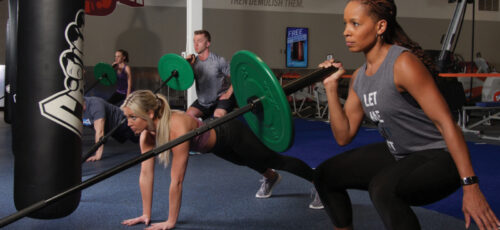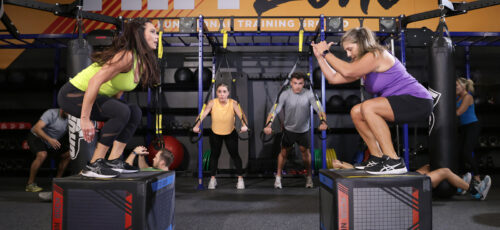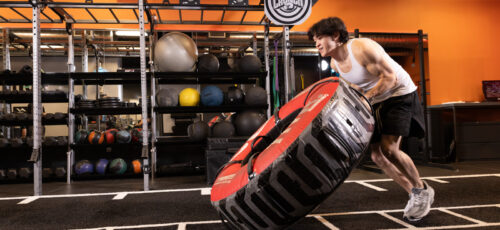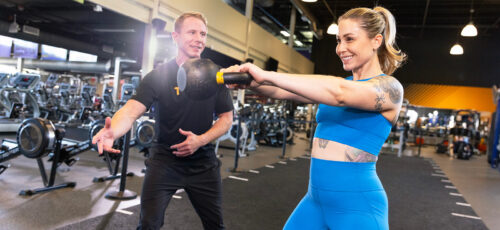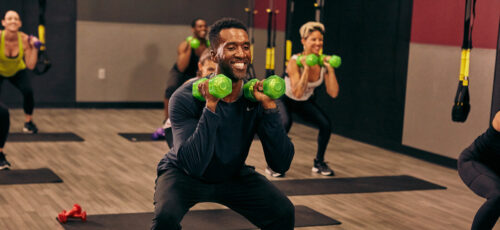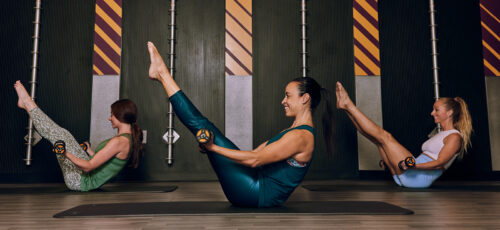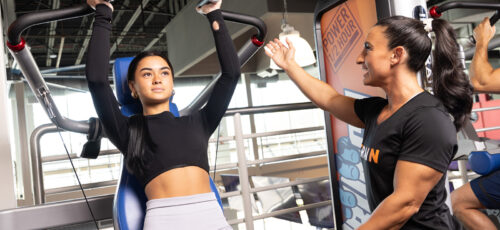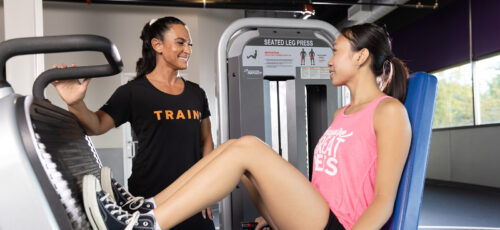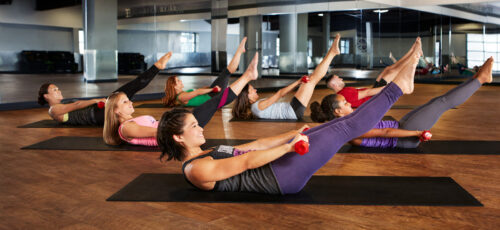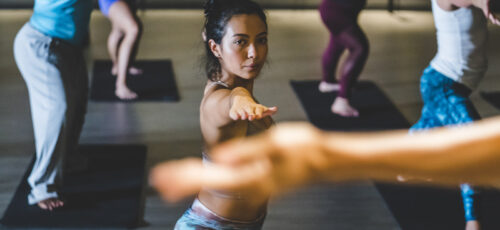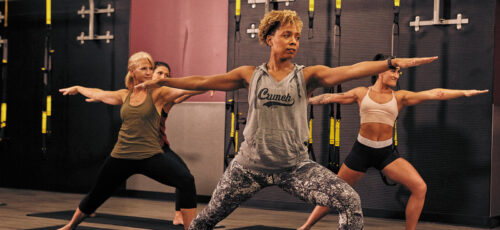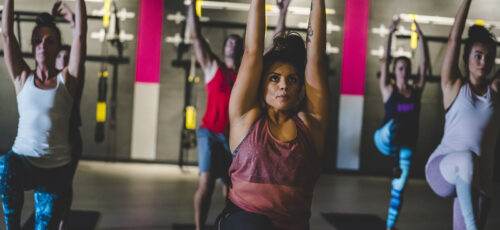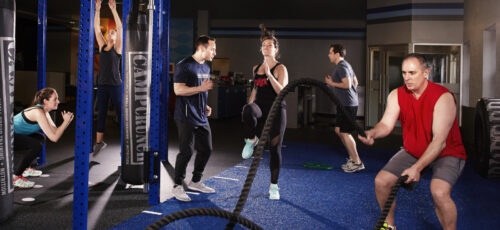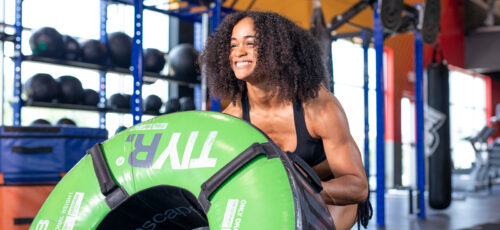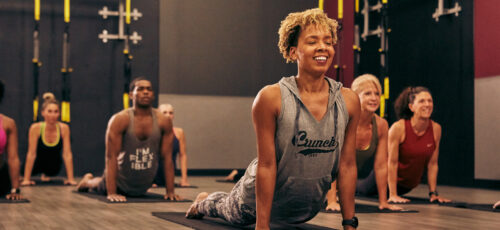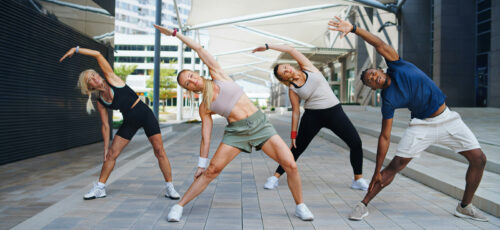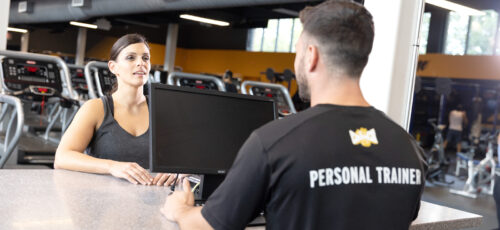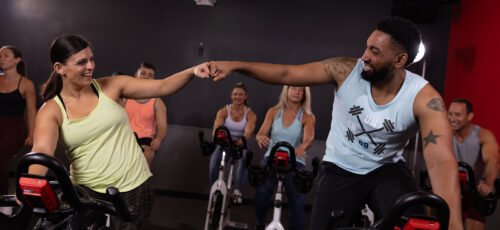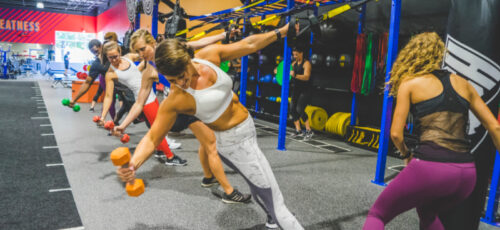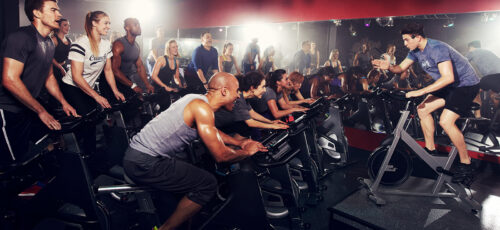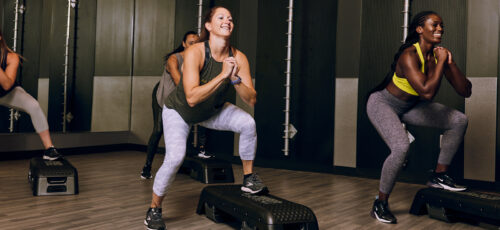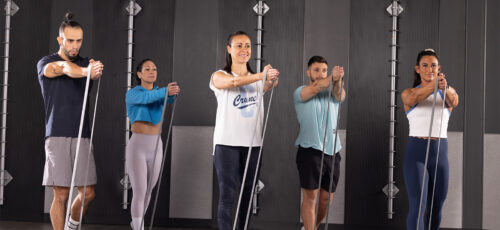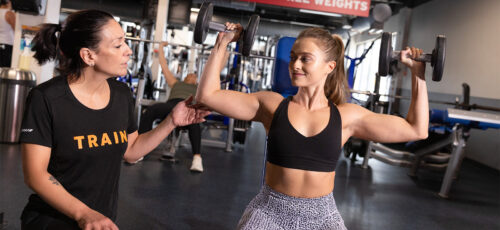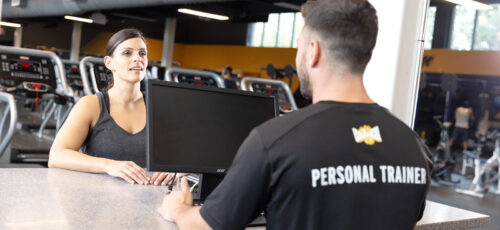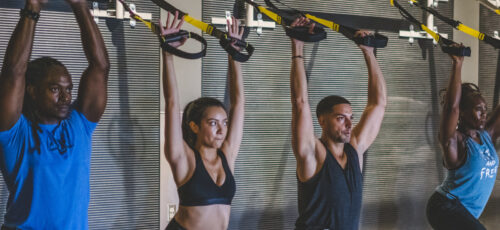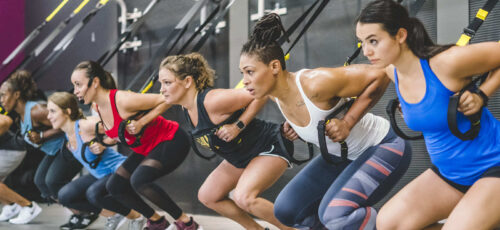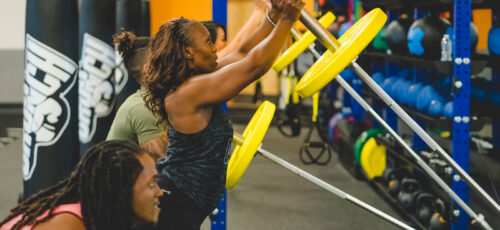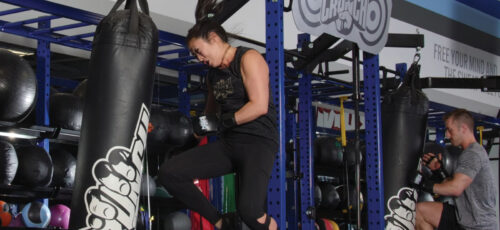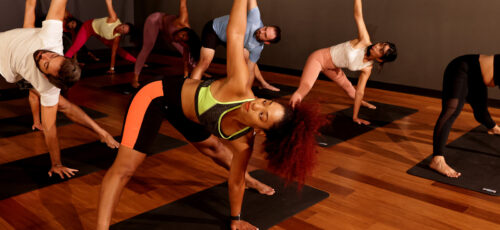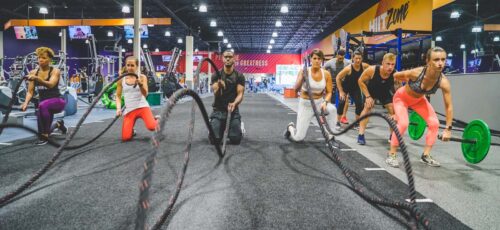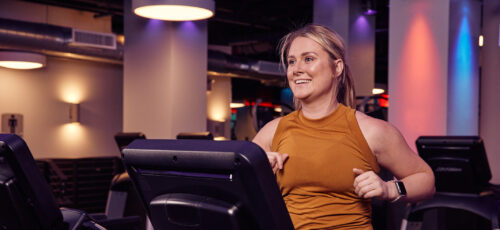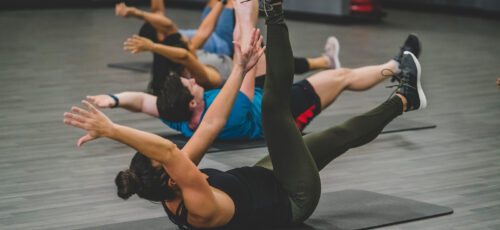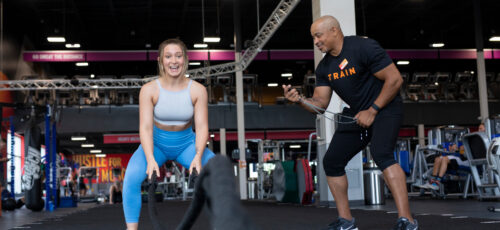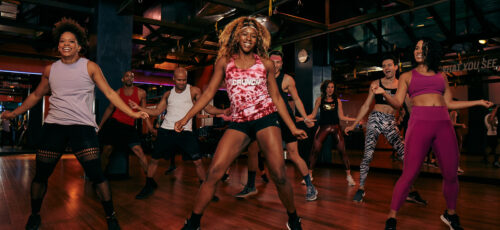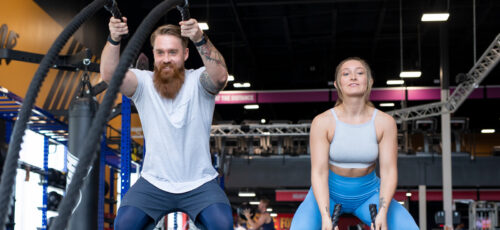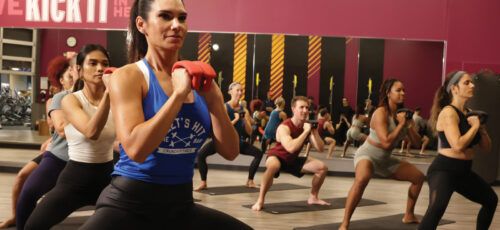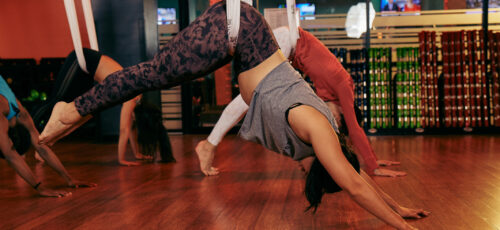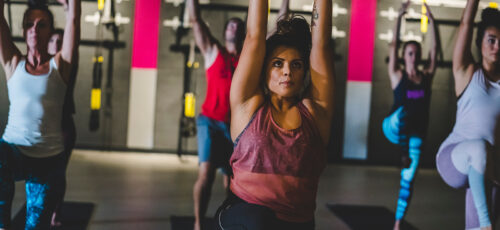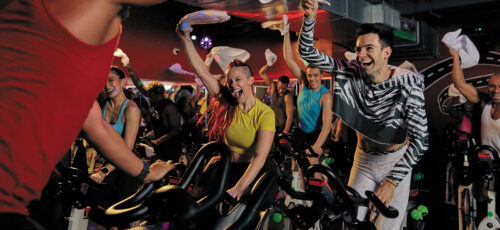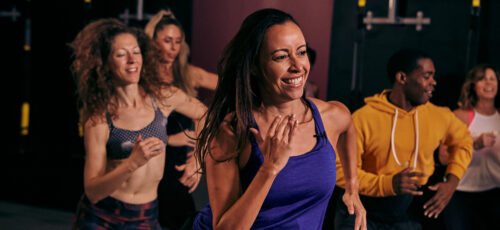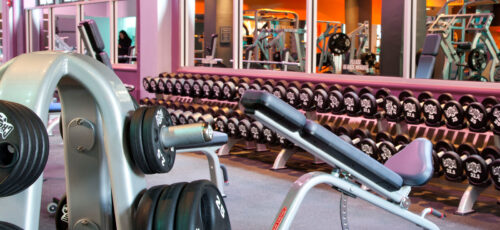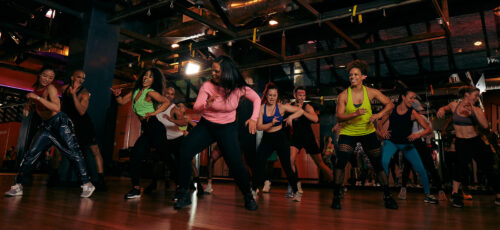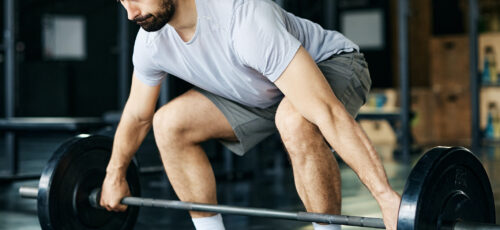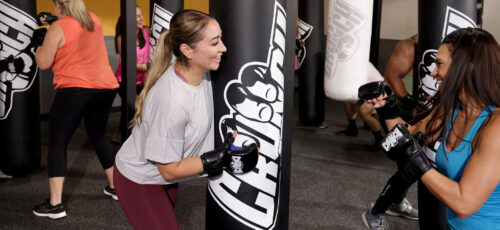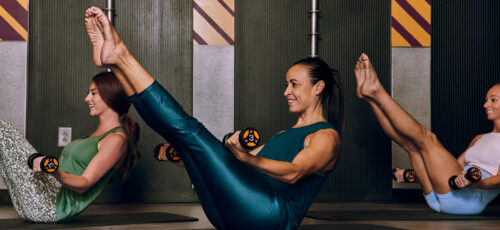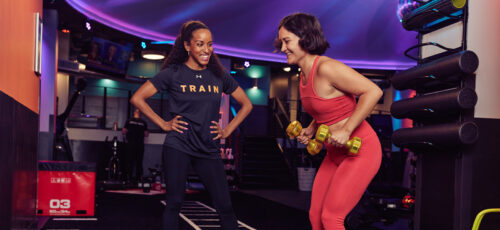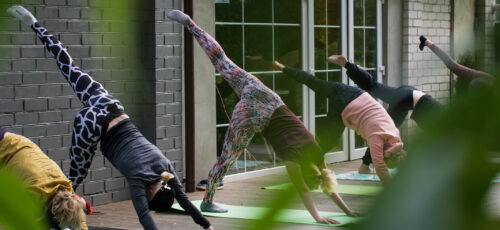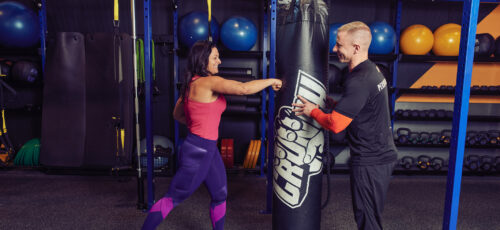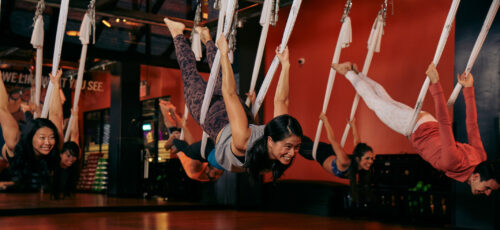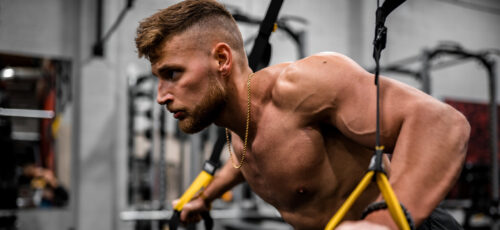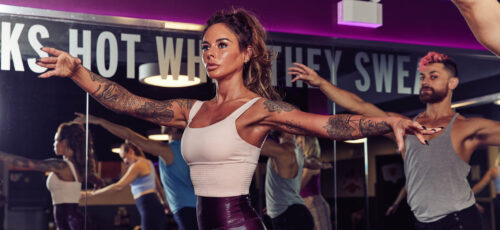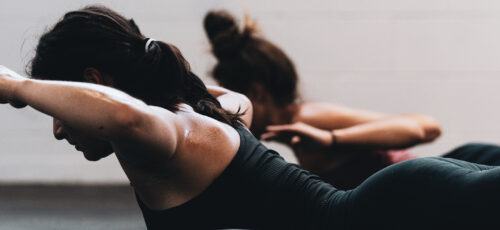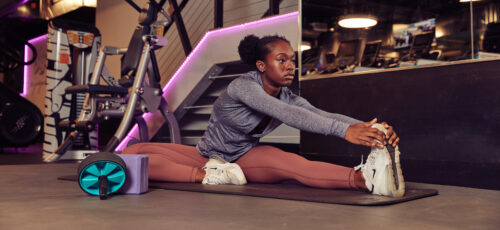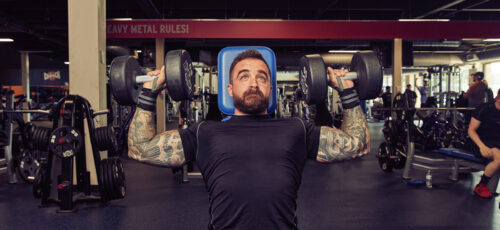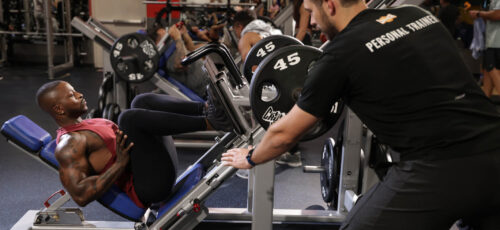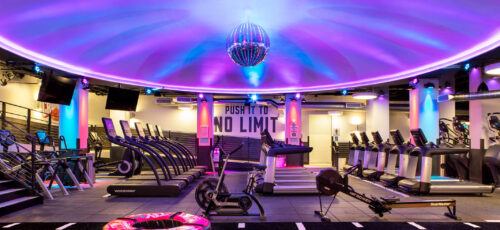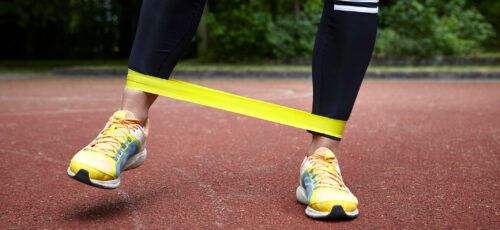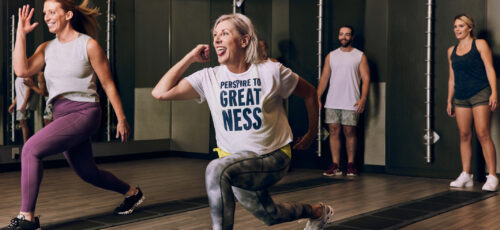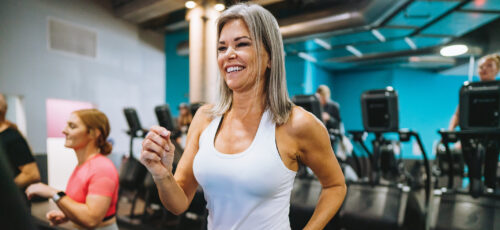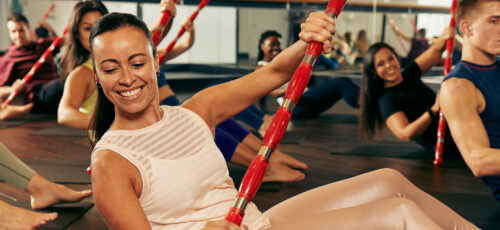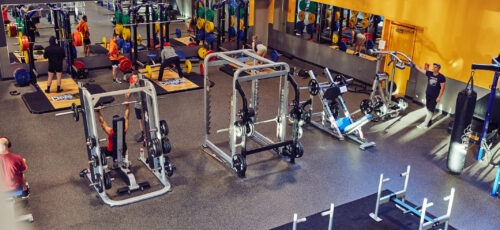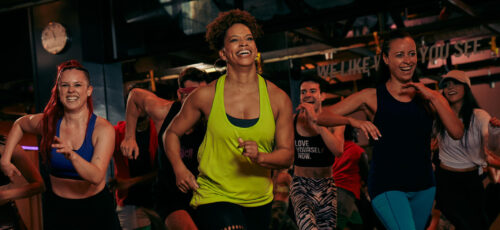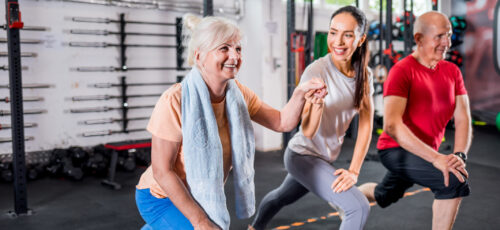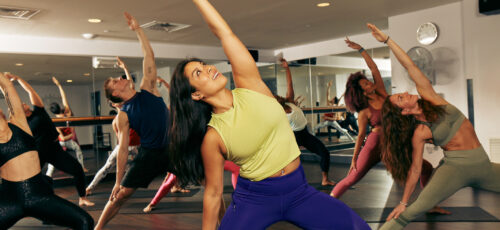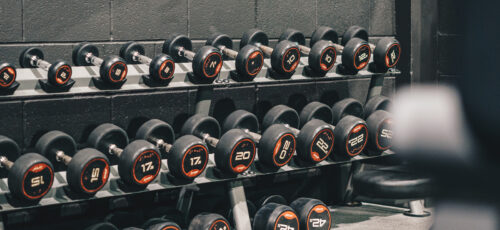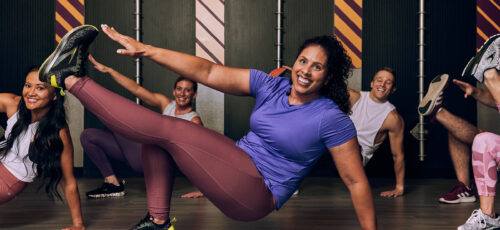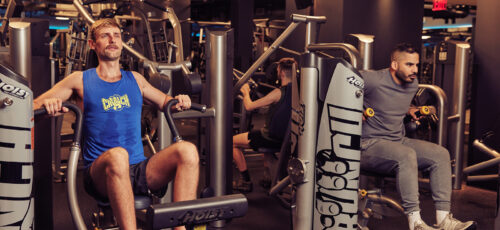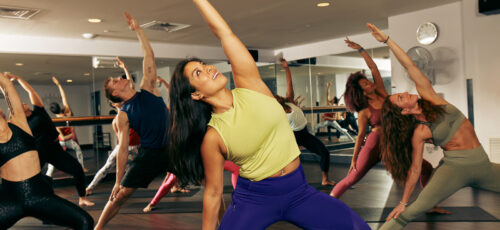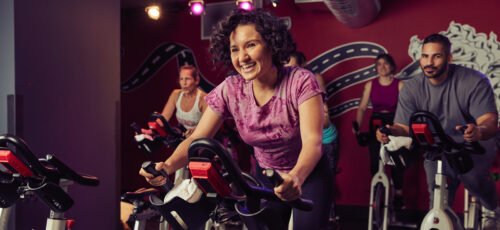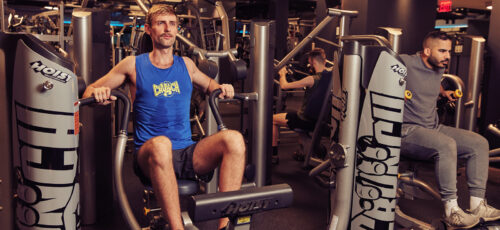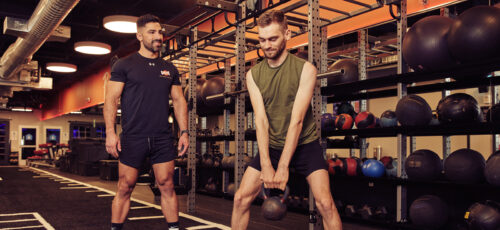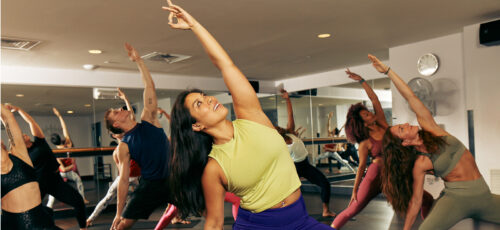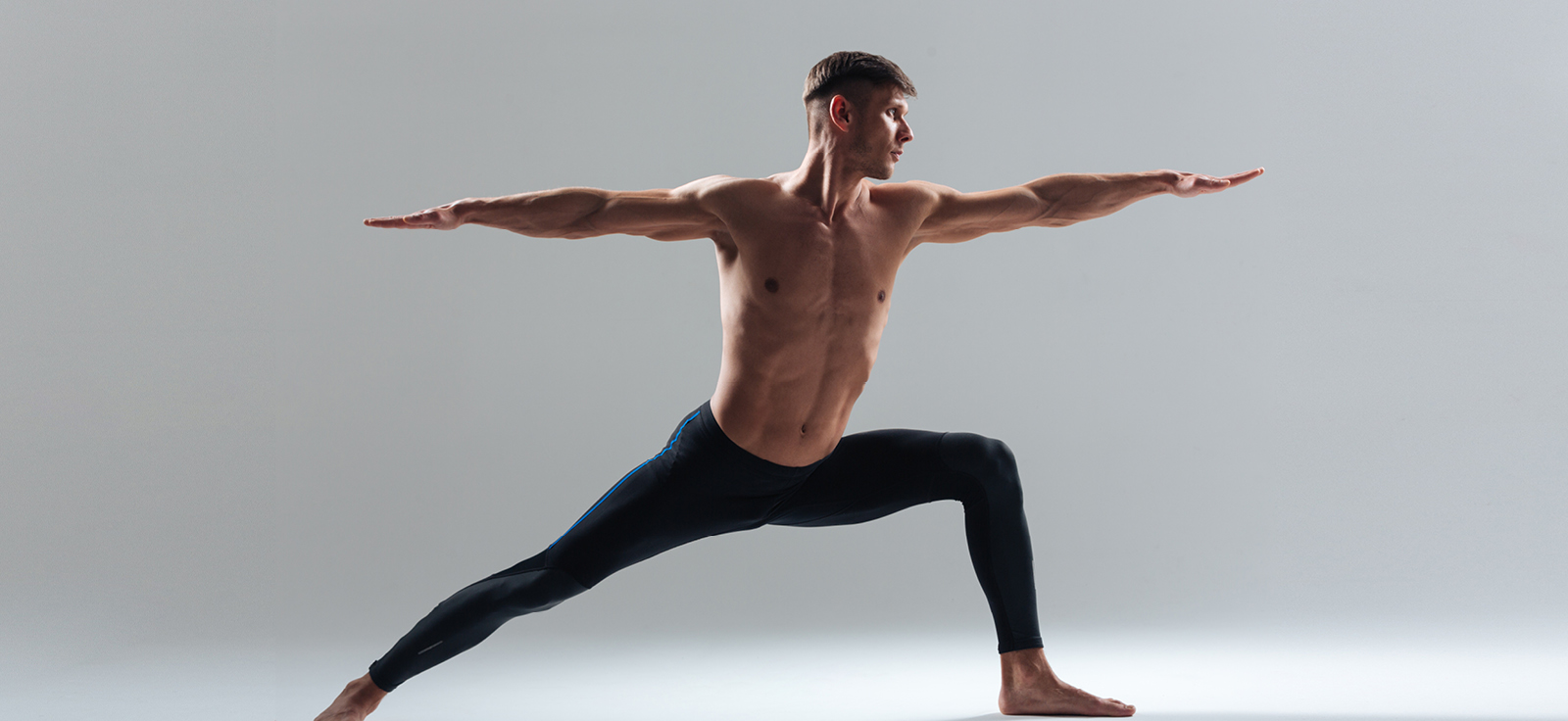
Yoga for recovery may be crucial in faster healing and improved overall physical performance.
Once perceived as a practice for the ultra-flexible or former gymnasts, yoga is now gaining recognition as an inclusive practice that welcomes athletes of all levels, including gymgoers, cyclists, runners, and more. It’s a community open to everyone, regardless of their fitness level or experience.
Yoga is a game-changer in athletic recovery, offering benefits beyond just flexibility. Incorporating yoga into your recovery routine would help elevate your performance and keep your body in shape. Yoga alleviates muscle soreness and improves mobility.
In this article, you’ll explore yoga’s role in recovery, highlighting its benefits, techniques, and tips for smoothly incorporating it into your fitness routine.
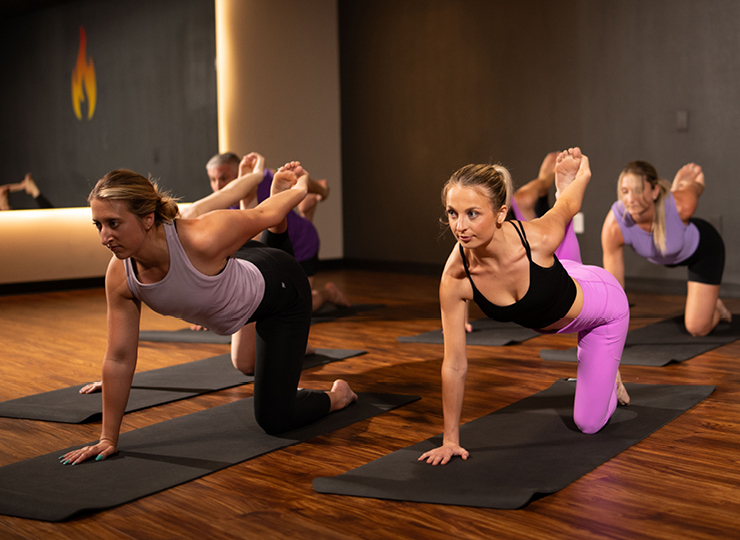
What is Recovery Yoga?
Recovery, often known as restorative yoga, is a gentle and rejuvenating exercise perfect for your workout routine or recovery days. It’s a practice designed to relax your mind and muscles, making it ideal for supporting your body’s healing process.
Restorative yoga activates your parasympathetic nervous system—your body’s “rest and recovery” mode—helping you recover physically and emotionally.
This form of yoga focuses on holding and deeply relaxing into poses or asanas. Doing so significantly reduces stress levels, increases blood flow, improves sleep quality, and promotes a sense of calm. These physical and emotional benefits make restorative yoga an excellent way to recover from intense workouts or overexertion.
Whether aiming to soothe sore muscles, ease tension, help open up tight connective tissue, or find peace, incorporating recovery yoga into your routine can be a game-changer for your overall well-being.
It’s about physical body recovery and emotional well-being, showing that your fitness journey is more than your body’s about your mind and spirit.
4 Key Benefits of Yoga for Muscle Recovery
Incorporating restorative yoga classes into your routine can transform a passive recovery day into an active one, gently revitalizing your mind and muscles.
This practice blends mindful movement, stretching, and deep breathing exercises, leaving you feeling relaxed, rejuvenated, and physically at ease.
Here are four essential benefits of restorative yoga:
Enhances Mental Health
This practice promotes relaxation, improves cognitive function, and sharpens focus. It also helps lower stress levels and reduces cortisol, contributing to a more balanced mood.
Manages Chronic Pain
Like physical therapy, restorative yoga can effectively manage chronic pain like lower back pain. It may also complement pharmacological treatments in managing conditions like hypertension.
Improves Flexibility and Longevity
Regular practice enhances flexibility and range of motion, which is vital for maintaining an active lifestyle and supporting long-term physical health.
Supports Bone Health and Builds Strength
Through low-intensity exercise, restorative yoga strengthens bones, improves balance, and enhances coordination, contributing to overall physical stability and resilience.
Incorporating a recovery day into your fitness plan can significantly contribute to your physical and mental well-being, providing a gentle yet practical approach to recovery and overall health.
Can Yoga Help Muscle Recovery?
Yoga can be a powerful tool for muscle recovery. Research has shown that yoga helps alleviate muscle soreness and plays a crucial role in preventing injuries, especially among athletes.
Regular yoga practice is essential to any recovery routine. Athletes often turn to recovery yoga exercises to ease muscle fiber and manage the stress and physical demands of competition. However, you don’t need to be a competitive athlete to reap the benefits of yoga.
Whether you’re a seasoned gym goer or just starting, incorporating active recovery workouts like yoga can be incredibly beneficial. Yoga is accessible to all fitness levels and offers long-term benefits beyond the mat.
So, whether it’s a simple downward dog or an entire restorative session, yoga can be a game-changer in your fitness journey.
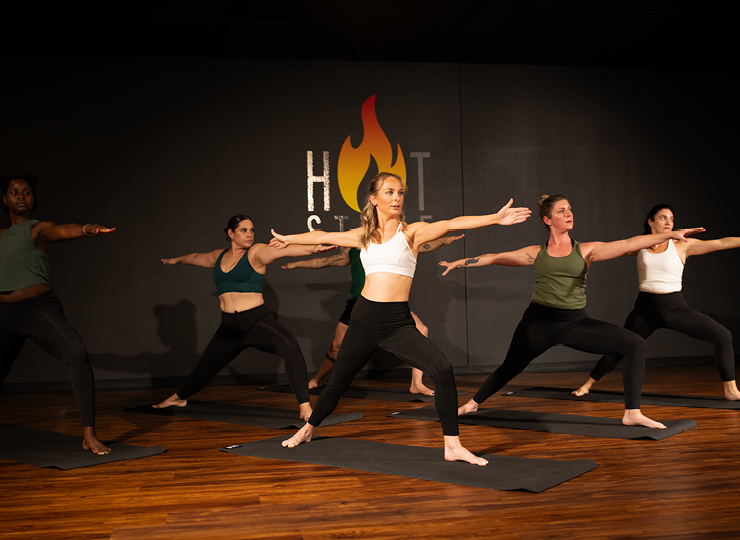
Best Type of Yoga as an Active Recovery Workout
Active recovery Yoga offers various practices with unique focus and benefits. The intensity of the activity varies, and many styles incorporate props like resistance bands, foam rollers, or blocks to enhance the experience.
Here’s a brief overview of some popular yoga styles:
Yin Yoga is a meditative, slow-paced practice where poses are held for extended periods. This style is excellent for beginners; they can use props (like chair yoga) for those seeking a gentler approach.
Vinyasa (Flow) Yoga emphasizes fluid movement, connecting each pose with the breath in a continuous, dynamic sequence. This style is more physically engaging and can help build strength and flexibility.
Bikram Yoga is a type of hot yoga performed in a heated room. It follows a strict sequence of 26 poses and is known for its disciplined approach.
Hatha Yoga encompasses traditional styles that balance movement, breathwork, and meditation. Its gentler pace makes it suitable for both beginners and more experienced practitioners.
While all these styles provide valuable mind-body benefits, restorative yoga offers soothing sequences designed to promote healing, reduce muscle soreness, and make you feel good.
Yoga promotes blood flow, deep relaxation, and stress relief, essential for healing. Restorative yoga uses props to support the body, allowing you to relax your tight muscles and facilitate recovery.
Whether you’re easing sore muscles after an intense exercise or simply seeking to unwind, restorative yoga can be a powerful addition to your fitness routine, helping you bounce back more robustly and refreshed.
How Often Should You Practice?
Restorative yoga is an excellent choice for daily practice, especially during the relaxation phase of your workout routine. These gentle, mindful exercises can transform a rest day into an active recovery day, helping you stay engaged with your fitness goals even when you’re not hitting the gym.
Whether practicing after a workout or on a day off, it’s important to approach restorative yoga with gratitude and self-compassion. Please take a moment to appreciate your body for all it allows you to do and create affirmations of acceptance.
Focusing on these positive thoughts can enhance both your physical recovery and emotional well-being, leaving you feeling refreshed, relaxed, and ready to take on your next challenge.
Already know that Crunch is for you? Click here to join your yoga class now!
When To Choose Yoga For Active Recovery Workout?
Choosing yoga for your active recovery workout is an innovative and effective way to maintain your fitness while giving your body the rest it needs.
After intense training sessions, your muscles need time to heal and rebuild, and yoga offers a gentle, low-impact option that promotes flexibility and reduces muscle soreness.
According to the International Sports Sciences Association (ISSA), an active recovery workout involves low-intensity exercises on rest days or after intense physical activity to promote muscle recovery without causing additional strain.
During active recovery, maintaining light physical activity, such as walking, cycling, or gentle stretching, can enhance blood circulation, reduce muscle stiffness, and support overall healing.
This approach helps flush out metabolic waste, aids muscle repair, and prevents lactic acid buildup, which can reduce muscle fatigue.
When adding yoga to your active recovery routine, listening to your body and picking a style that suits your needs is essential.
Five Restorative Yoga Poses for Recovery
According to experts, incorporating these five yoga poses into your routine can help your body recover more efficiently while calming your mind:
1. Child’s Pose (Balasana)
This yoga pose is perfect for soothing the nervous system while gently stretching the back, hips, thighs, and ankles. It improves circulation and helps release neck, shoulders, hamstrings, and lower back tension.
How to do it:
- Start on your hands and knees.
- Spread your knees apart while keeping your big toes touching.
- Slowly bend forward, resting your belly between your thighs and your forehead on the mat.
- Hold the pose, breathing deeply and feeling the stress melt away with each exhale.
- Stay in this position for 30 seconds or up to three minutes if comfortable.
2. Supine Spinal Twist (Supta Matsyendrasana)
This deep twist yoga pose is excellent for stretching the chest, back, glutes, and quadriceps. It helps ease back pain, strengthen core muscles, stimulate digestion, and improve spinal mobility.
How to do it:
- Lie on your back with legs extended and arms stretched out to form a ‘T.’
- Draw your right knee to your chest, extending the left leg straight.
- Drop your right leg over to the left side, keeping the left leg extended.
- Rest your left hand on your right knee and turn your head to look over your right shoulder.
- Ensure your shoulder blades remain on the mat and hold for 30 seconds before switching sides.
3. Extended Hand to Big Toe Pose (Utthita Hasta Padangusthasana)
This posture is a great way to work the muscles in your arms, back, hips, thighs, and legs. It helps relieve tight hamstrings, improves balance, sharpens focus, and strengthens the spine.
How to do it:
- Stand upright with feet together.
- Shift your weight to your left foot and lift your right knee.
- Reach your right arm inside the right thigh, holding the toes of your right foot.
- Slowly extend the right leg forward, then gradually move it to the side while keeping your shoulder blades straight.
- Hold for 30 seconds, then switch sides.
4. Reclined Pigeon Pose (Supta Kapotasana)
This pose is a gentle hip opener that helps alleviate lower back pain, ease hip tension, improve flexibility, and support digestion.
How to do it:
- Lie on your back with your knees bent and feet flat on the mat.
- Lift your right leg and cross the ankle over your left thigh, near the knee.
- Bend your left knee and use your hands to draw it toward your chest.
- Hold the pose for up to one minute before switching sides.
5. Butterfly Pose (Baddha Konasana)
This seated pose combats muscle stiffness, soreness, back pain, and fatigue. It opens the hips while stretching the back, inner thighs, and hamstrings, boosting circulation in the pelvic area.
How to do it:
- Sit on the mat with the soles of your feet together and knees out wide.
- Hold your feet with your hands and rest your elbows on your knees.
- Allow your knees to drop toward the ground while keeping your spine straight.
- Hold for about 30 seconds, taking slow, deep breaths before gently releasing and repeating.
If you’re new to yoga or have any pre-existing health conditions, it’s a good idea to consult your healthcare provider before starting a new routine.
3 Things to Consider:
- Prioritize mindful movement and breathing: Synchronizing your movements with your breath helps calm your nervous system, supporting recovery.
- Incorporate short, frequent sessions: Instead of long exercise sessions, aim for regular, shorter practices, like a 10-minute session four times a week. Consistency is essential to reap the benefits.
- Stay focused on your recovery goal: Remember that yoga for recovery differs from yoga for building strength. It would help to focus on gentle movements and relaxation rather than intense physical exertion.
The Final Stretch: Yoga for Muscle Recovery
Making yoga a consistent part of your recovery strategy can accelerate your body’s healing process, prevent injuries, and ultimately boost your overall performance.
Whether you’re new to yoga or an experienced practitioner, embracing these practices will help you stay at your best physically and mentally, ensuring you’re always ready for your next workout.
Join us!
Crunch promotes a culture of positivity, inclusivity, and fun with no judgments by providing an environment for all individuals regardless of their health and fitness goals. Find a Crunch gym near you to try our free trial membership, or join Crunch now. We’re here for you – at the gym or at home. Access the best live & on-demand workouts anytime, anywhere with Crunch+. Ready to get sweaty? Try hundreds of workouts for free! Start your free trial now!











